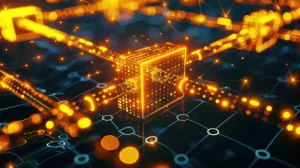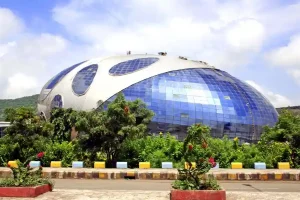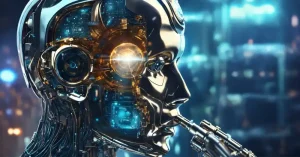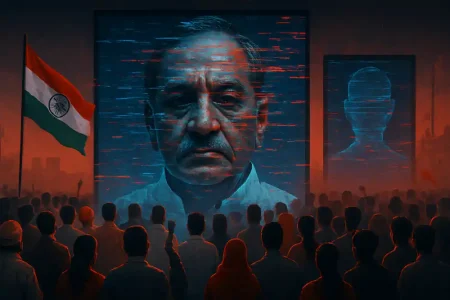You may not associate the sophistication of artificial intelligence with the dust and grime of farming but that’s exactly what John Deere managed to wed finds Satyen K. Bordoloi
Civilization is a handmaiden to agriculture: everything we created began after humans settled down to farm and from this evolved society, culture, religion, art, music, etc. Every technology, every piece of gadget owes a debt to agriculture. For the first time in 11,000 years of civilization, technology is finally in a position to pay back.
Precision agriculture i.e. the management of farming using data of various factors involved in farming to use resources efficiently and improve productivity, quality, and profitability – is seeing a stupendous boost, thanks to the newest, most pervasive technology on the block: artificial intelligence. An early adopter – John Deere – has today become one of the largest AI firms in the world.
Opposites Attract
Artificial Intelligence and farming are as opposite as they can get. While one is a world of spic and span air-conditioned offices, the other’s universe is the dirt, mud, heat, and grime of the world. So how did the two things meet? There are two reasons.
Firstly, to feed nearly 10 billion people by 2050 with only 4% extra land going into farming by then, we’ll need all the help we can get. Secondly, it turns out, unlike traditionalist thinking – farming can be a very precise and exact science where calculated input can give measured output.
The concept of precision agriculture is like the fundamental principle of computing that goes by the acronym GIGO – garbage in, garbage out. What you put in, is what you get out. Let’s take an example.
In India, it costs around ₹30,000 to ₹40,000 to produce around 100 to 125 quintals of potatoes. The money goes to fertilizers, electricity, water, pesticides, harvesting, manpower, etc. Right now this is done using a farmers’ intuition gathered over years and decades of farming.
What if that farmer, is given tools where he can monitor a few fundamental factors: soil’s nutrient content, variation in temperature that affects crops, optimum water level, pesticide and fertilizer requirement, and most importantly the distance between two plants.

Using precision technologies – drones to watch and spray pesticides and fertilizers, GPS and irrigation technologies with sensors to monitor soil quality, self-driving tractors where cameras continuously monitor images of crops to the last leaf, a farmer can monitor and guide correct levels of input for optimum output. These technologies will of course increase the cost a bit, but what if the production can go up not just correspondingly but exponentially. This is what precision farming does: multiplies crop yield and quality at only a fraction of the rise in cost.
If the same acre of land can now give double the output of potatoes thanks to precision agriculture, it will add to the food security of the nation and the world.
How John Deere got into Precision Agriculture
John Deere got into precision agriculture after it acquired NavCom, a GPS technology with data accuracy of a couple of centimeters in 1999. Sona Raziabeegum, Strategy Lead, Digital Solutions at John Deere, in an interview with Karen Field of Fierce Electronics had said, “This was really the beginning of localizing machines to the field, which was another pivot in our journey. Then, a relatively short 18 years later, we entered into the realm of AI and machine learning with the acquisition of the AI start-up Blue River, a developer of smart farm machines.”
Blue River Technology was started by two Stanford graduates, Jorge Heraud and Lee Redden, in 2011 to “make farming more sustainable through robotics and computer vision”. Its vision learning identifies weeds from actual plants to help reduce herbicide costs by applying it only to unwanted plants instead of the entire field. This and other targeted application has the potential to reduce herbicide use by up to 90%. This not only reduces cost but prevents harm to the actual crop, and increases yield.
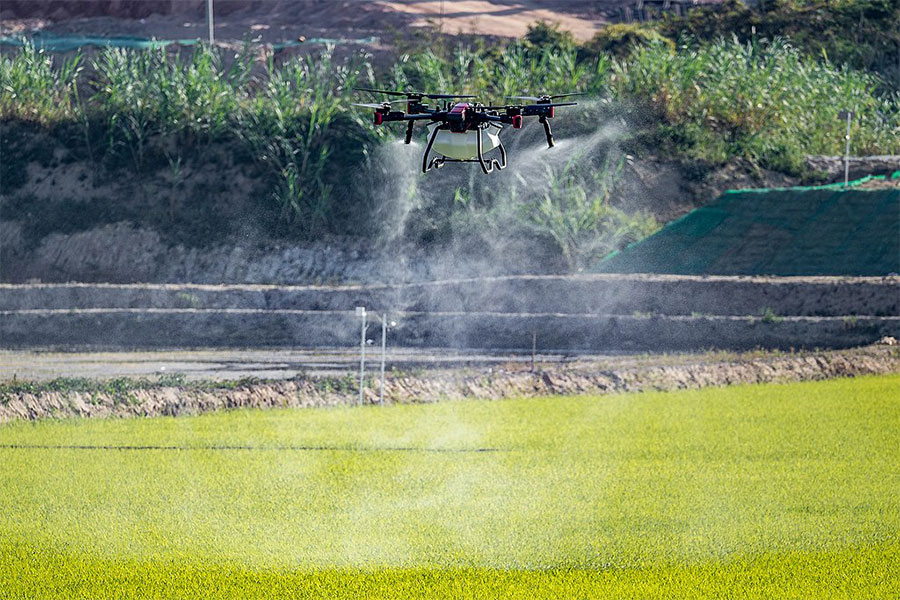
John Deere’s other use of AI in the field includes replacing hydraulic devices with electric motors with large torque at lower speeds making them more efficient, reliable, and lighter. They are using autonomous electric tractors and large drones to scan and go for precision spraying of both fertilizers and pesticides.
From a workforce that consisted mainly of mechanical and electrical engineers, John Deere is slowly but steadily transitioning to “embracing bits and pixels.”
John Deere’s market share
The global precision agriculture market size was valued at USD 6.96 billion in 2021 and is expected to grow at a CAGR of 12.8%. John Deere’s revenue for the year-ending January 31, 2022, was $44.481B, a 20.15% increase year-over-year, and a $118 billion valuation this month makes it the world’s 106th most valuable company by market cap.
Though John Deere does not segregate their earnings on normal or precision agriculture goods, it is safe to assume with the passage of time, every bit of agriculture will be part of precision farming and use machine learning and AI in literally every step of farming. This makes John Deere one of the largest artificial intelligence companies in the world today and with larger adoption, its profit and market share will only increase and with time it will become a monopoly.
Concerns
The key to precision agriculture is data collection. More the data, the better the yield. A smart field can use as well as provide granular data on rainfall patterns, water cycles, fertilizer use, etc., enabling farmers to make smart decisions. This data is priceless. But who owns this data. A huge agricultural company like John Deere can monopolize the smart farming market and though it is profitable to farmers in the short run, the fear is that monopoly means the company will control prices long term and farmers will get locked.
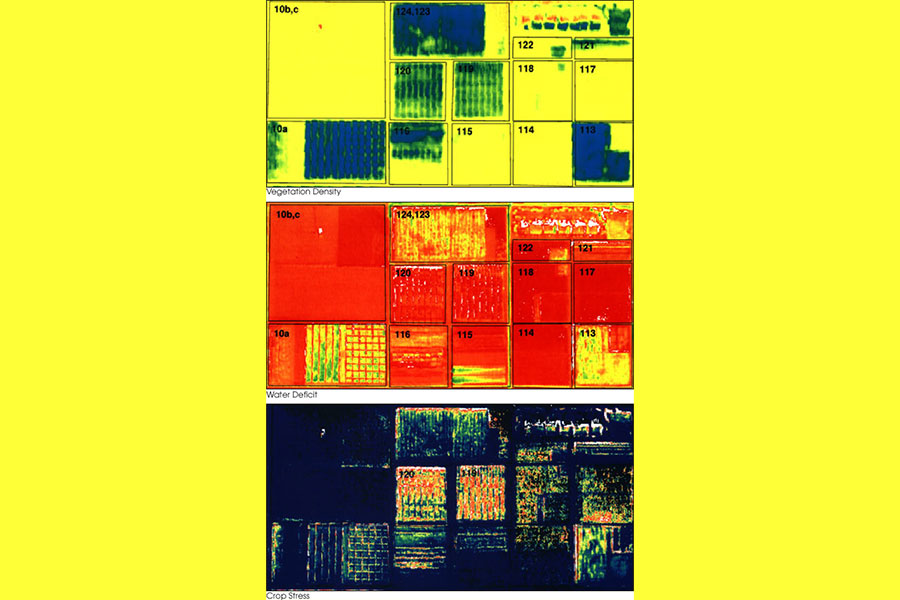
There are also concerns about privacy. The granular nature of data means it can be misused by the wrong hands. What if companies that sell seeds and chemicals get agricultural data and manipulate the data or its knowledge for their profit? These large companies can tell farmers what to grow and how it can be grown effectively controlling global food production that has the potential to create demand and supply shortages leading to global unrest. What if these companies sell your data to other companies affiliated with farming?
There is thus a need for regulation of these services and companies in the long run.
The John Deere story also highlights how ubiquitous and necessary artificial intelligence is to our lives today. And for those listening, there’s another lesson. If a nearly 200-year-old company can prevent itself from going the Kodak way and smoothly transition into the new millennium, what is stopping others from doing so?
In case you missed:
- When AI Meets Metal: How the Marriage of AI & Robotics Will Change the World
- From Generics to Genius: The AI Revolution Reshaping Indian Pharma
- AI Washing: Because Even Your Toothbrush Needs to Be “Smart” Now
- Google Falters Under AI Onslaught: Future of Search in Peril?
- OpenAI, Google, Microsoft: Why are AI Giants Suddenly Giving India Free AI Subscriptions?
- The B2B AI Revolution: How Enterprise AI Startups Make Money While Consumer AI Grabs Headlines
- Quantum Leaps in Science: AI as the Assembly Line of Discovery
- Beyond the Hype: The Spectacular, Stumbling Evolution of Digital Eyewear
- How India Can Effectively Fight Trump’s Tariffs With AI
- Microsoft’s Quantum Chip Majorana 1: Marketing Hype or Leap Forward?
